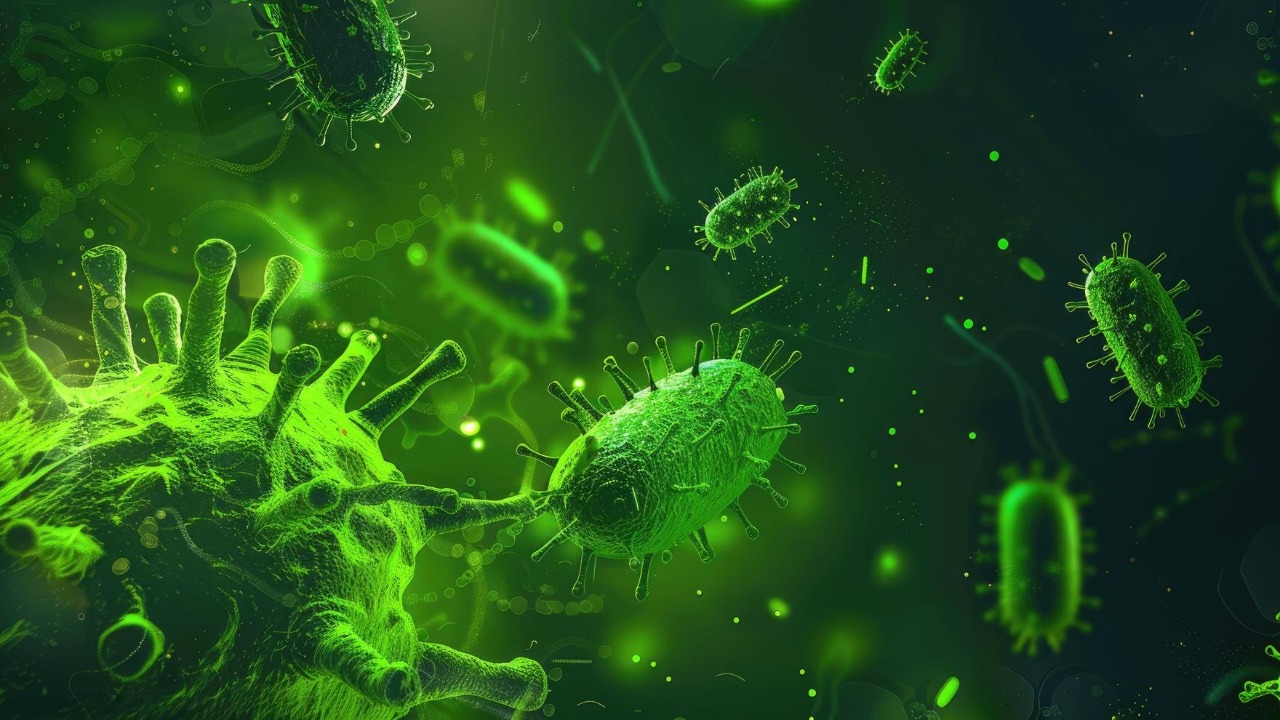
Imagine a life form that not only endures but thrives in pure radiation, an environment typically associated with destruction and death. Our understanding of life’s resilience is being redefined with the recent discovery of a type of bacteria that displays this remarkable ability. Let’s explore the characteristics of these bacteria, their survival mechanisms, and the implications of this groundbreaking discovery.
Understanding Radiation-Resistant Bacteria
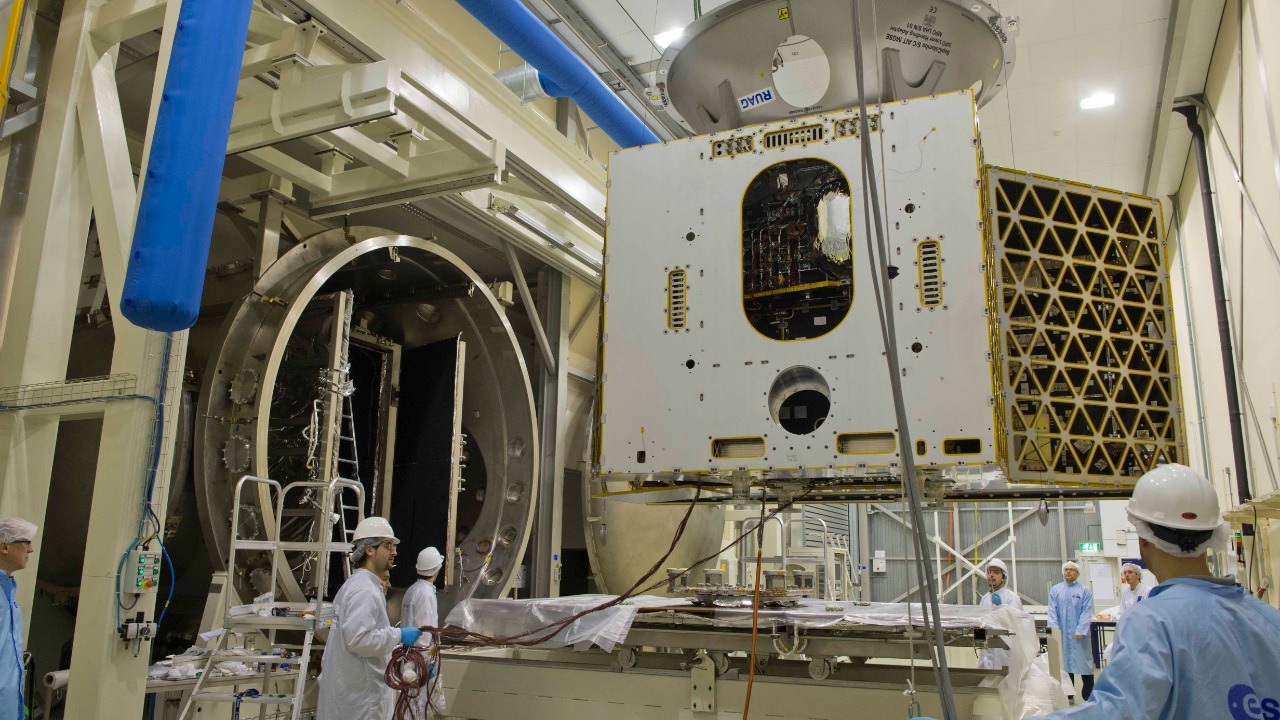
Radiation-resistant bacteria are a unique class of microorganisms that can withstand levels of radiation lethal to most forms of life. They are known for their complex DNA repair mechanisms and protective proteins that shield them from the damaging effects of radiation. These organisms have adapted to survive and even thrive in environments with high radiation levels, such as nuclear disaster sites and the inside of certain home appliances.
One well-known example of radiation-resistant bacteria is Deinococcus radiodurans, often referred to as the world’s toughest bacterium. This microbe can survive in the vacuum of space, endure extreme temperatures, and even resist doses of radiation a thousand times higher than would kill a human. It was first discovered in canned meat that had been sterilized with radiation, yet still managed to spoil (Smithsonian Mag).
The New Discovery: A Bacteria That Thrives in Pure Radiation
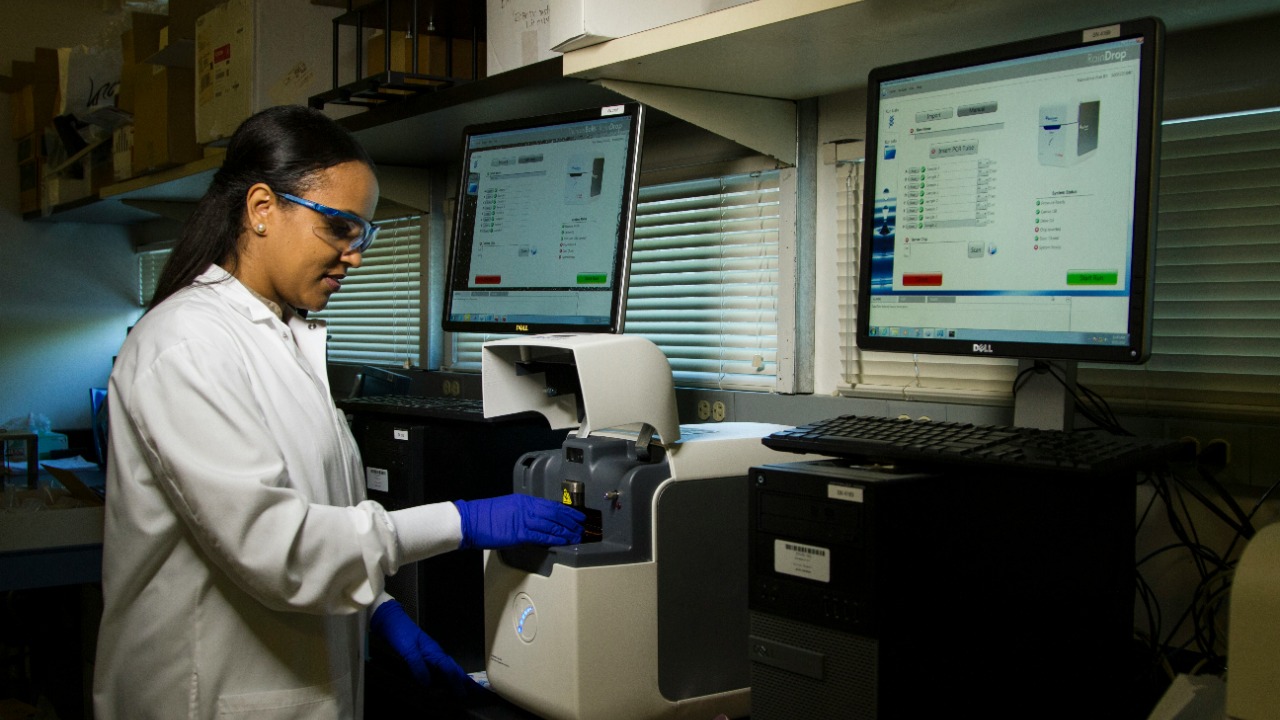
The newly discovered radiation-resistant bacteria has taken scientists by surprise. Unlike other radiation-resistant bacteria that merely survive in such conditions, this new type appears to thrive in pure radiation. This unique environment, previously considered uninhabitable, has forced the bacteria to develop extraordinary survival mechanisms.
The bacteria was discovered through a series of rigorous scientific studies and experiments. Researchers involved in the study used advanced research methods, including DNA sequencing and electron microscopy, to understand the bacteria’s unique characteristics and survival strategies.
Survival Mechanisms: How This Bacteria Withstands Extreme Radiation
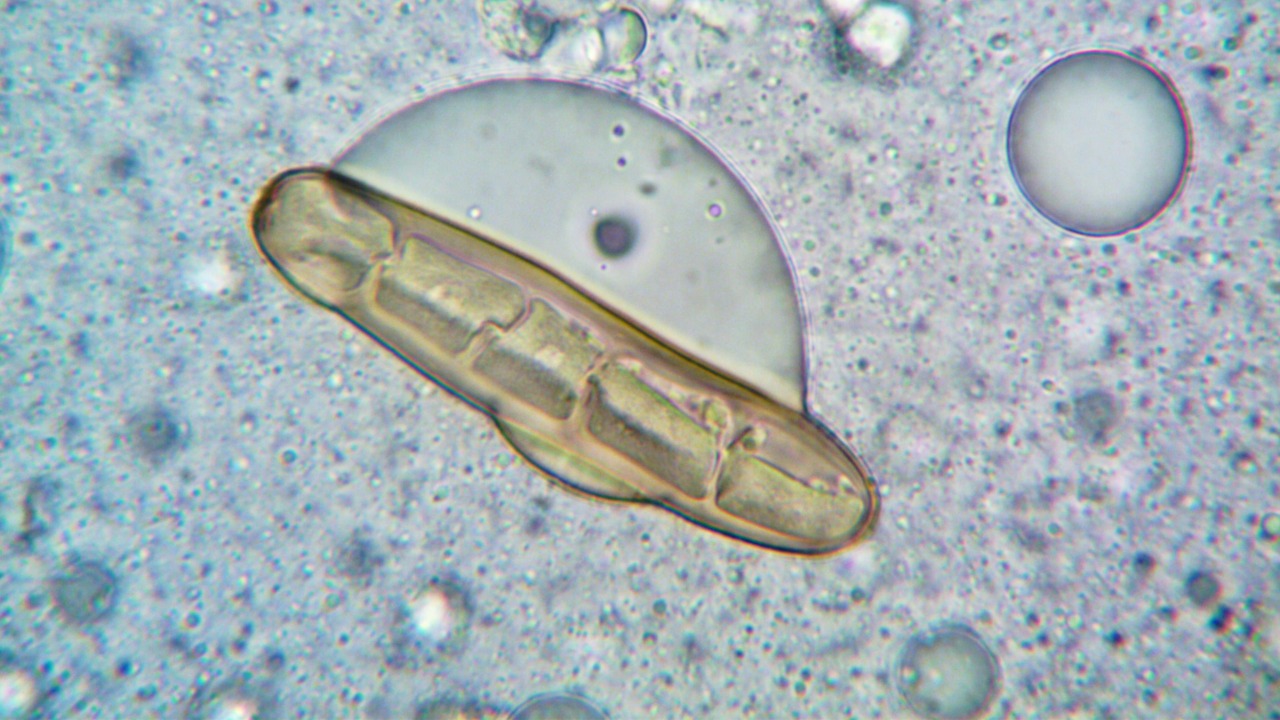
The bacteria’s survival in pure radiation can be attributed to several defensive strategies. First, like other radiation-resistant bacteria, it has an effective DNA repair mechanism. This allows the bacteria to fix any damage to its DNA caused by radiation. Second, the presence of protective proteins and other cellular components help shield the bacteria from the harmful effects of radiation.
Interestingly, this new bacterium also seems to exhibit some unique survival mechanisms not seen in other radiation-resistant bacteria. More research is needed to fully understand these mechanisms, but early findings suggest that they may involve unique ways of managing energy and nutrients in the harsh environment, according to ASM Journals.
Implications of the Discovery for Astrobiology

The discovery of this bacteria has significant implications for astrobiology. If life can thrive in such extreme conditions on Earth, it raises the possibility that similar forms of life could exist on other planets with high radiation environments, such as Mars, Enceladus, and Europa.
Furthermore, this discovery could potentially revolutionize the search for extraterrestrial life. NASA has been conducting experiments on radiation-resistant life forms in an attempt to understand how life could survive in the harsh conditions of space, based on information from SciTechDaily.
Applications and Future Research
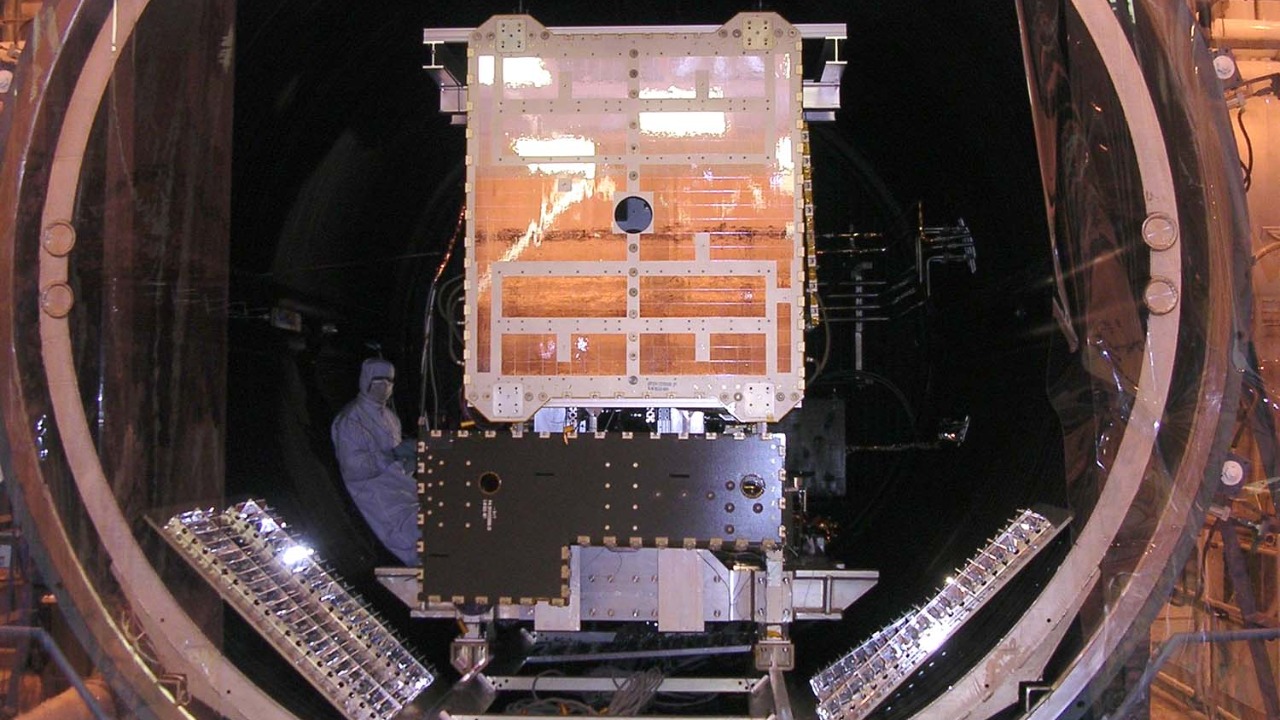
The discovery of this radiation-loving bacteria could have wide-ranging applications. In medicine, these bacteria could be used to develop new treatments for radiation-related illnesses. In space exploration, they could aid in the development of life-support systems for astronauts or even help in the colonization of other planets.
Despite these exciting possibilities, many questions remain. Current gaps in our understanding include the exact mechanisms of the bacteria’s radiation resistance and its potential vulnerabilities. Future research will undoubtedly aim to fill these gaps and further explore the potential applications of this extraordinary bacteria.
Interestingly, the bacteria’s survival in such extreme conditions also raises questions about the potential impact of climate change on these organisms. As global temperatures rise and radiation levels fluctuate, these bacteria may face new challenges or opportunities. This is yet another area for future research in this emerging field of study.